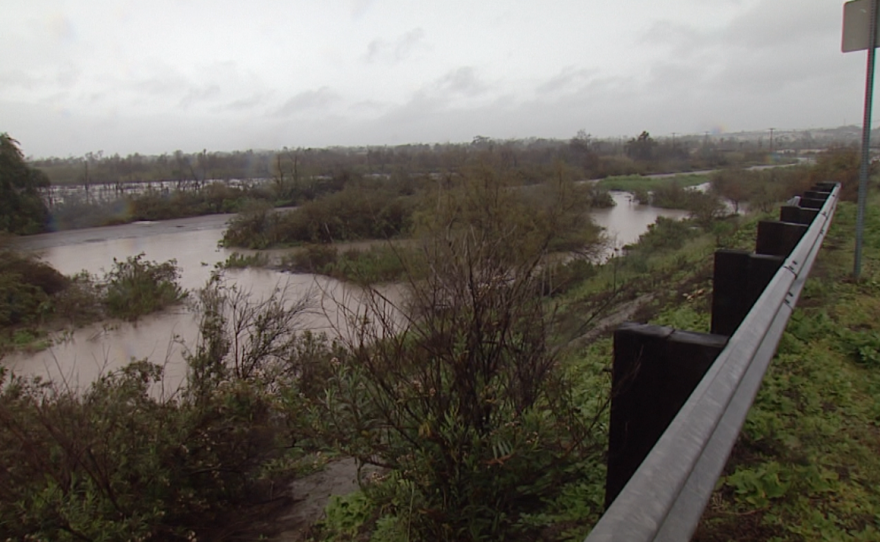UPDATE: March 3, 2017
Federal officials in the U.S. and Mexico agreed to probe the circumstances behind a large sewage spill south of the international border that fouled the Tijuana River Valley and nearby beaches in southern San Diego County last month, a San Diego-area environmental group announced Thursday.
Hours ahead of a news conference in which local political leaders and environmental organizations were to push for the investigation, officials with the International Boundary and Water Commission said they would look into the matter, according to the group Wildcoast.
The investigation by the commission's binational Water Quality Work Group will determine when the spill occurred, quantify how much sewage spilled, specify the characteristics of the sewage and identify problems in procedures to notify the commission and the public, Wildcoast said.
This is a developing story. Read the original story below.
San Diego leaders called on federal officials Thursday to investigate a massive cross-border sewage spill in Mexico that flowed onto beaches and other parts of southern San Diego County.
Mexican officials confirmed last week that 143 million gallons of treated sewage flowed into the Tijuana River and into the U.S. over a period of more than two weeks. Reps. Juan Vargas, D-San Diego, and Scott Peters, D-San Diego, are calling on the State Department and Environmental Protection Agency to investigate the spill and work with local communities to rehabilitate the affected area.
In a statement, Vargas and Peters said:
"These spills have a deeply adverse impact on the quality of life of constituents in our Districts. The frequency of these incidents have not only affected the health of residents, but also disrupt community engagements that are key to the local tourism economy."
San Diego City Councilman David Alvarez said the U.S. and Mexico signed a treaty amendment two-years-ago designed to deal with similar situations.
“We were going to keep each other accountable for environmental concerns, specifically as it related to the Tijuana River valley,” Alvarez said. “Clearly that’s being violated and we need accountability. Our commissioners, the leadership, the federal agencies on both sides need to be responsive and need to be very clear about what happened.”
The U.S. International Boundary and Water Commission announced in a statement Thursday that it will work with the Mexican government to determine what happened. Alvarez said there is plenty of blame to go around.
“Obviously, the culprit of what came in is Mexico and that needs to be fully investigated, but the fact that our own agency, our American agency, did not notify anybody, tell anybody,” he said. “Questions went unanswered. That’s also very concerning. You can’t just sit and not respond to the public.”
Alvarez said the massive spill was caused when Mexican crews diverted sewage so they could perform an upgrade on another sewage pipe. That spill has stopped, but sewage continues to flow across the border. Alvarez showed photographs he received from Border Patrol officials.

They show a stream of black liquid flowing out of the Goat Canyon area toward the Tijuana River on the U.S. side of the border. The flow is being tested to see if it contains sewage.







